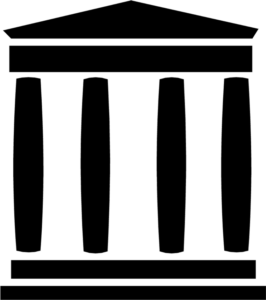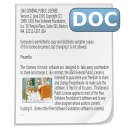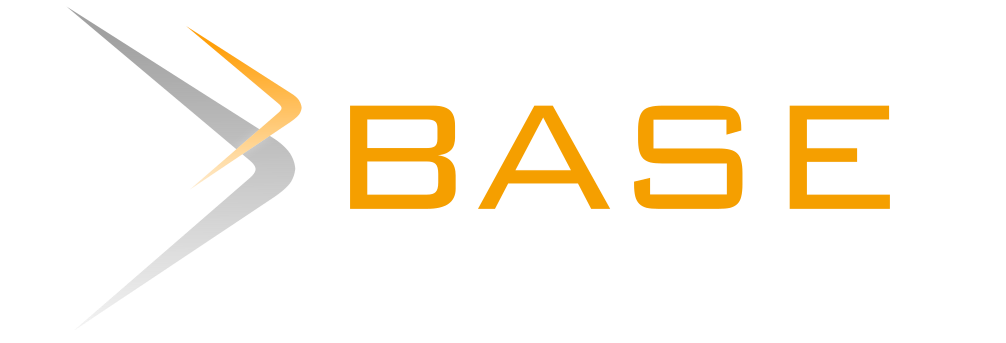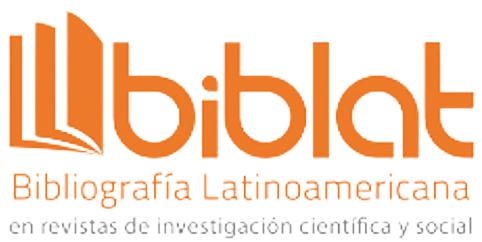Application of numerical methods with MATLAB for modelling the AZT drug and the survival by AIDS
Abstract
In our work we conducted a study for solving differential equations an application to modeling in a particular case of the biopharmaceutical sector, which was necessary at the time realize the importance of the application of this drug in a disease that became a pandemic Worldwide. In this problem the impact of zidovudine (azidothymidine or AZT) described on the survival of those who develop acquired immunodeficiency syndrome (AIDS) infection with the Human Immunodeficiency Virus. For the solution of this model it is has an ordinary differential equation of first order with initial values on which the separation of variables is applied to obtain the real solution analytically and apply numerical methods 3 (Euler, Improved Euler and Runge Kuta 4) using MATLAB mathematical wizard to calculate approximate solutions. Finally, we show the results of the methods, the absolute and relative errors of each and a comparison with the analytical solution and their respective tables and graphs.
Downloads
References
I. Kramer, “Is AIDS an invariably fatal disease?: A model analysis of AIDS survival curves,” Mathematical and Computer Modelling, vol. 15, no. 9, pp. 1–19, Jan. 1991, doi: 10.1016/0895-7177(91)90001-N. DOI: https://doi.org/10.1016/0895-7177(91)90001-N
I. Kramer, “The impact of zidovudine (AZT) therapy on the survivability of those with the progressive HIV infection,” Mathematical and Computer Modelling, vol. 23, no. 3, pp. 1–14, Feb. 1996, doi: 10.1016/0895-7177(95)00229-4. DOI: https://doi.org/10.1016/0895-7177(95)00229-4
P. Easterbrook, J. Emami, G. Moyle, and B. Gazzard, “Progressive CD4 cell depletion and death in zidovudine-treated patients,” Journal of acquired immune deficiency syndromes, vol. 6, no. 8, pp. 927–929, Aug. 1993.
D. G. Zill, A. E. G. Hernández, and E. F. López, Ecuaciones diferenciales con aplicaciones de modelado. Thomson Learning México, 2002.
D. G. Zill, A first course in differential equations with modeling applications. Cengage Learning, 2012.
J. G. S. León, Mathematica beyond mathematics: The Wolfram language in the real world. Chapman and Hall/CRC, 2017. DOI: https://doi.org/10.4324/9781315156149
C. M. Rodríguez, “Análisis comparativo de los métodos de Euler y Runge-Kutta en la solución numérica de ecuaciones diferenciales de primer orden mediante programación en mathcad,” Revista Ingeniería, Matemáticas y Ciencias de la Información, vol. 3, no. 5, 2016. DOI: https://doi.org/10.21017/rimci.2016.v3.n5.a2
A. Cánovas Pérez, “Estudio de algoritmos matemáticos implementados en librerías de código abierto. Ecuaciones diferenciales: métodos de Ruge-Kutta,” 2015.
A. Quarteroni and F. Saleri, Introduzione al calcolo scientifico: esercizi e problemi risolti con MATLAB. Springer Science & Business Media, 2007. DOI: https://doi.org/10.1007/978-88-470-0838-0
A. Gilat, MATLAB: An introduction with Applications. John Wiley & Sons, 2009.
J. R. Segarra Escandón, “Resolución numérica de ecuaciones diferenciales en Wolfram Mathematica,” 2018.
M. Golubitsky and M. Dellnitz, Linear algebra and differential equations using MATLAB. Brooks/Cole Publishing Co., 1999.
S. Blanes Zamora, D. Ginestar Peiro, and M. D. Roselló Ferragud, Introducción a los métodos numéricos para ecuaciones diferenciales. Editorial Universitat Politècnica de València, 2014.
M. G. Caligaris, G. Rodríguez, A. Favierib, and L. Laugeroa, “Desarrollo de habilidades matemáticas durante la resolución numérica de problemas de valor inicial usando recursos tecnológicos,” Revista Educación en Ingeniería, vol. 14, no. 27, pp. 30–40, 2019.
C. L. Rabeiro Martínez, A. Martínez Rodríguez, R. Gravier Hernández, Y. Bermudez Alfonso, and L. Gil del Valle, “Abacavir: una revisión actualizada sobre sus propiedades y aplicaciones,” Rev Cubana Farm, vol. 49, no. 4, pp. 751–764, Dec. 2015.
Copyright (c) 2020 Innovation and Software

This work is licensed under a Creative Commons Attribution 4.0 International License.
The authors exclusively grant the right to publish their article to the Innovation and Software Journal, which may formally edit or modify the approved text to comply with their own editorial standards and with universal grammatical standards, prior to publication; Likewise, our journal may translate the approved manuscripts into as many languages as it deems necessary and disseminates them in several countries, always giving public recognition to the author or authors of the research.
























